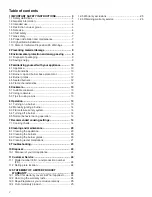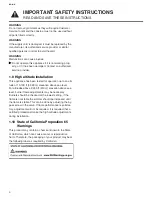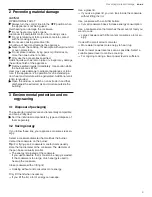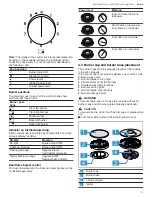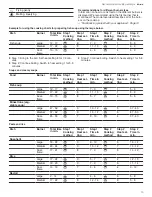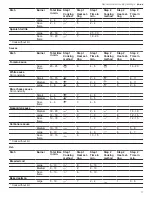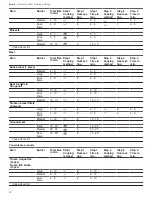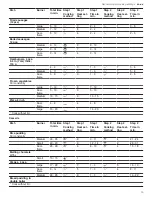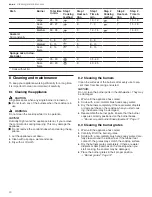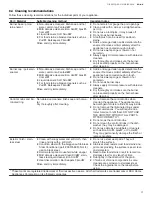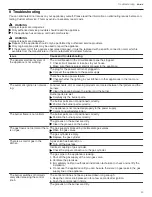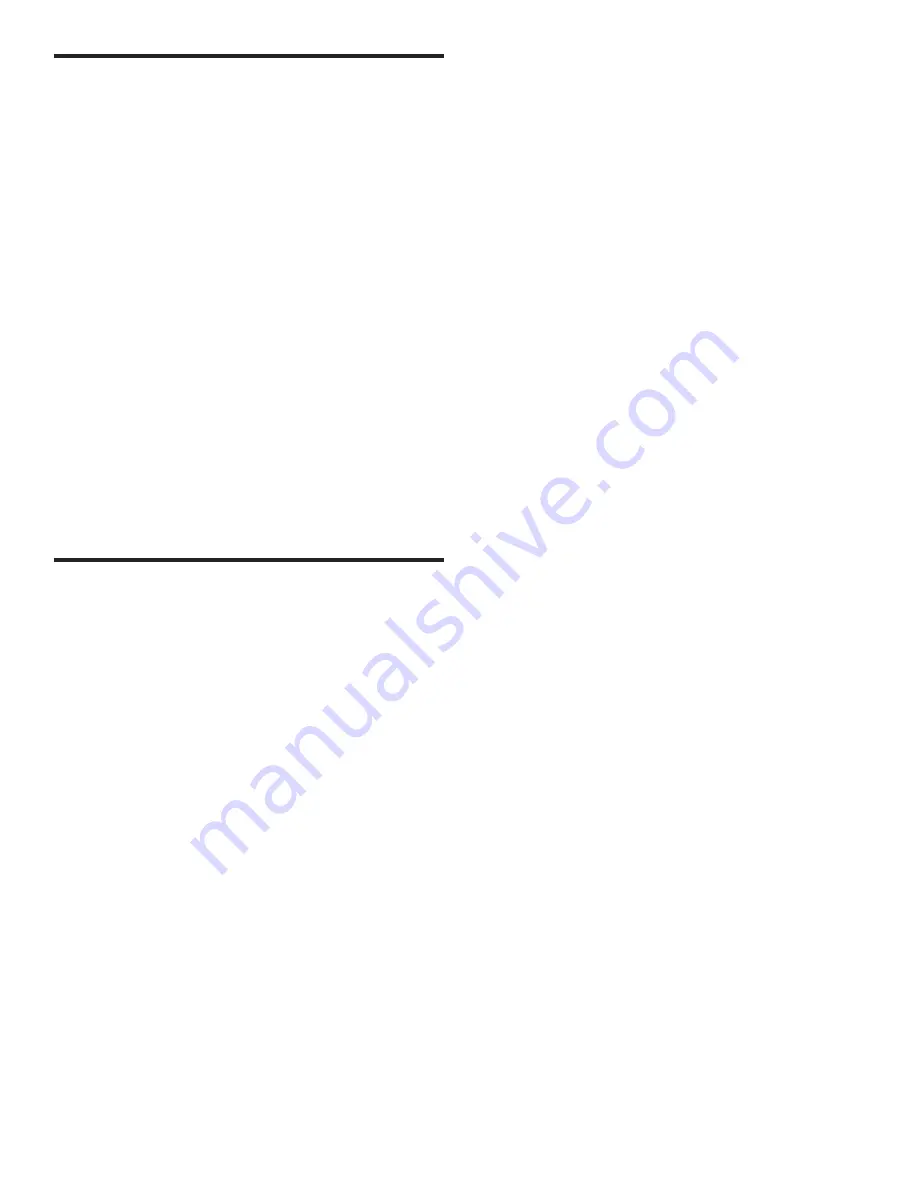
Preventing material damage
en-us
9
Preventing material damage
2 Preventing material damage
Preventing material damage
NOTICE:
OPERATIONAL FAULT.
▶
Always turn the control knob to the OFF position when
the appliance is not being used.
Overheating can damage the cookware.
▶
Do not heat empty pots or pans.
Aluminum foil and plastic melt on hot cooking zones.
▶
Do not let aluminum foil or plastic come into contact
with hot cooking zones.
▶
Do not use cooktop protective film.
A build-up of heat may damage the appliance.
▶
Never cover the cooktop, for example with aluminum foil
or oven protectors.
▶
Do not place roasters, frying pans or grill stones on
more than one burner at a time.
▶
Only use the accessories specified.
Acidic liquids such as lemon juice or vinegar may damage
the surface finish of the appliance.
▶
Remove spilled liquids immediately. Use caution while
the burners are still hot.
Heat may cause damage to adjacent appliances or furni-
ture. If the appliance is in operation for an extended pe-
riod, heat and moisture will be generated. Additional venti-
lation is required.
▶
Open the window or switch on an extractor hood that
discharges the extracted air and moisture outside the
building.
Environmental protection and energy-saving
3 Environmental protection and en-
ergy-saving
Environmental protection and energy-saving
3.1 Disposal of packaging
The packaging materials are environmentally compatible
and can be recycled.
▶
Sort the individual components by type and dispose of
them separately.
3.2 Saving energy
If you follow these tips, your appliance consumes less en-
ergy.
Select a cookware diameter that matches the burner.
Center the cookware on the burner.
Tip: For frying pans, cookware manufacturers usually
state the top diameter of the cookware. The diameter of
the pan base is usually smaller.
a
The energy is targeted at the cookware.
If you use cookware that is too small, energy is wasted.
If the cookware is too large, much energy is used to
heat up the cookware.
Close cookware with a fitting lid.
a
Cooking without a lid consumes more energy.
Only lift the lid when necessary.
a
If you lift the lid, a lot of energy can escape.
Use a glass lid.
a
If you use a glass lid, you can look inside the cookware
without lifting the lid.
Use cookware with a solid flat bottom.
a
Curved cookware bases increase energy consumption.
Use a cookware size that matches the amount of food you
want to cook.
a
Large cookware with little content consumes a lot of en-
ergy.
Cook with a small amount of water.
a
More water requires more energy to heat it up.
Select a lower power level as soon as possible. Select a
suitable power level to continue cooking.
a
For ongoing cooking a lower power level is sufficient.


